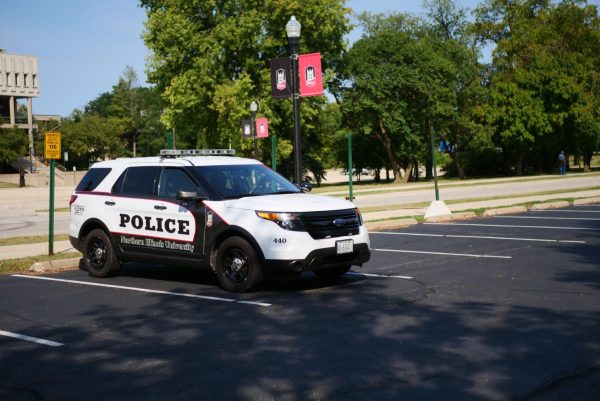Carbon monoxide detectors a must
February 28, 2007
DeKALB | A new Illinois law called for mandatory installation of carbon monoxide detectors within 15 feet of rooms intended for sleeping by Jan. 1, 2007, but NIU has no plans to equip the residence halls with detectors.
NIU’s residence halls, though equipped with proper fire prevention utilities, do not have carbon monoxide detectors and will not have detectors installed any time in the future.
“Our buildings are heated and cooled using a hot/cold water system, and there is little exposure to carbon monoxide as a result,” said Michael Stang, director of Residential Facilities and Operations for Housing and Dining.
Stang said NIU falls into exemption categories listed in Section 20 of the Public Act, passed May 8, 2006, by the Illinois General Assembly.
NIU is unique because the residence halls are not heated by fossil fuels, said Lt. Karl Froehlich, fire prevention officer of the DeKalb Fire Department.
“The residence halls are generally exempt,” Froehlich said. “A lot of residence halls are heated by boiler heat, and they’re remote from the towers, so they’re not necessarily required in those facilities.”
Froehlich also said the law does not specify that carbon monoxide detectors are not required on each floor of a residency, but just near rooms used for sleeping.
“The carbon monoxide detectors are required within 15 feet of every sleeping room in buildings heated by fossil fuels,” Froehlich said.
Where rented living space is concerned, the act states “it is the responsibility of the owner of a structure to supply and install all required alarms.” It is then the responsibility of the tenant to ensure that the detectors are in proper working order, according to the act.
Where safety is concerned, Froehlich sees the value in carbon monoxide detectors.
“I think that they’re very similar to smoke detectors [with concern to emergency prevention] and a very important piece of safety equipment,” Froehlich said.
According to the National Safety Council, carbon monoxide poisoning kills about 300 people every year and causes thousands to be hospitalized.
Carbon monoxide is an odorless, colorless gas produced by the incomplete combustion of carbon-containing fuels released by gas space heaters, fireplaces and car exhaust.
High levels of inhalation of carbon monoxide can result in death. Common symptoms, which the National Safety Council lists as fatigue, headache, confusion and nausea, are often mistaken as food poisoning or the flu.












